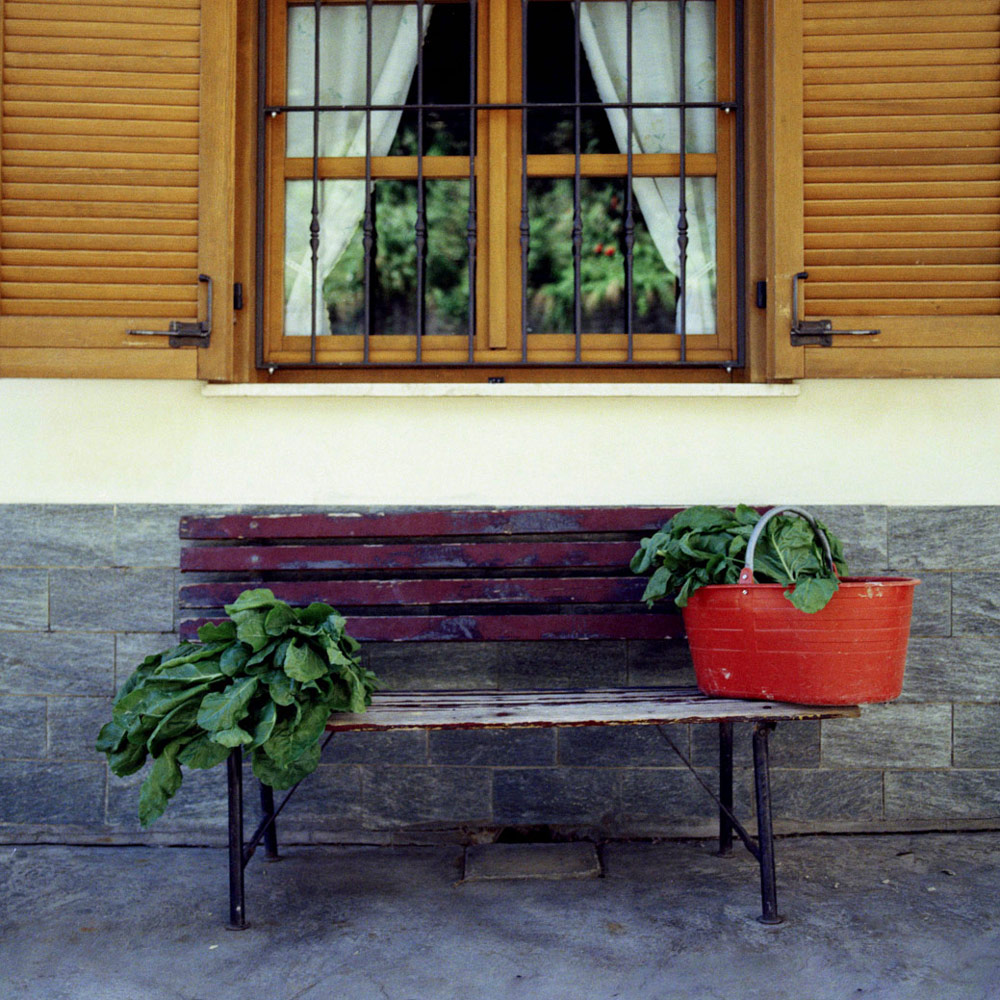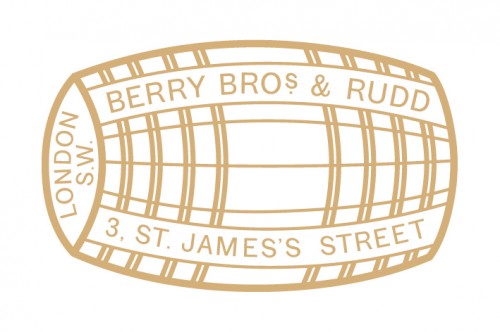The villages of Barolo
Author: Davy Żyw

Get to grips with the villages of Barolo with this handy guide from our Italy Buyer, Davy Żyw.
There are officially 11 communes in Barolo.
In a region as complex and complete as Barolo, we are spoiled with many of these great crus. They show their value even more in this vintage. There are high points and top crus in every village of Barolo. But more generally, there is a golden thread in each of the villages, linking styles and character based on soils, exposures, altitudes, microclimates and winemaking approach. And we are lucky to work with a strong pedigree of producers who make wines so emblematic of their village personality, and of Barolo as a whole.
La Morra
La Morra is the largest of all the Barolo vineyard areas, and the furthest west. As with our three La Morra-based Barolisti, producer philosophies vary here, as does the range of aspects and altitudes. The top wines are grown on calcareous marl, the best of which are on south- and south-east-facing amphitheatres carved into hillside which leads up to the town’s terracotta clocktower, above Marcarini’s cantina.
Grand Cru-worthy Rocche dell’Annunziata is a jewel in the village’s crown. The most famous vineyards here rival the greatest sites in the whole region. But if one looks a little deeper, there are other sites that showcase La Morra’s splendour and importance. Marcarini’s Serra and Veglio’s Arborina and Gattera sites showcase such individual expressions of the town, all with the La Morra charm. The thread of the villages’ vineyards is that many are planted on darker, heavier soils on top of calcareous layers. This gives gloss and fruit weight to the wines.
As demonstrated by Marcarini’s Comune di La Morra Barolo, the village wines here are less tense and more pleasing in youth than elsewhere. Minerality plays a supporting role rather than the headline. And aside from the cellar-worthy top crus, the wines offer fuller, juicier fruit with spicy aromatics.
Castiglione Falletto
The most central of the villages, the hilltop Castiglione Falletto forms a naturally fortified island above two rivers on either side. These rivers have sculpted some of the steepest vineyards in the area, revealing an incredible diversity of soils: from white calcareous like Serralunga d’Alba; mineral-flecked marl like Barolo and La Morra; to lighter alluvial sand, which lend elegance and aromatics to the wines.
We are proud to work with Mario Fontana, known for purity, composure and finesse in his wines, illustrative of the best of Castiglione Falletto’s terroir. The wines of the village are filled with an unmistakable floral perfume, combining elegance, vivid minerality and sweeter tannins than any other village – but are by no means less serious.
Serralunga d’Alba
Serralunga d’Alba is the furthest east of the Barolo communes. The ridge line of the village runs due south to north, vineyards descending both east and west off this calcareous steep-sided spine. The wines of Serralunga have a signature austerity; they are vertical, complex and compact. Altitude plays a role, too, but it is the exposures and geology which gives Serralunga its character.
The soils here are poor, white talc, unfertile and calcareous. This manifests in wines of complexity, tension and saline minerality. They are often wrapped in powerful, austere tannins and can be demanding in youth. Historically, the best sites are the hanging valleys to the east of the village.
The 2021 vintage is one of homogenous excellence, where each comune so clearly expresses its respective signature, but none possibly more so than Serralunga d’Alba. The vintage feels as though it was made for Serralunga; with hallmark power, tension and poise from the ancient limestone soils interwoven immaculately with sweet, velvet-like, high toned fruit. From their Comune di Serralunga up to Vigna Rionda, Andrea Delpiano has crafted masterful wines at Giovanni Rosso.
Barolo
Barolo is the beating heart of the entire area. The name “Barolo” refers to both the wider region and its principal wine village. Its historical fame continues thanks to its now-iconic winemakers, particularly Bartolo Mascarello and, more recently, our friend Luciano Sandrone. The village has some of the greatest vineyards sandwiched between the hilltop ridges of Castiglione Falletto and La Morra.
None are greater than the hilly saddle of vineyards which sits below the town, flanking the south-east side of the only road. These vineyards are named Cannubi and Cannubi Boschis. This site is almost directly in the centre of the whole Barolo region. Here, the river divides the ancient hills of Barolo and La Morra from those of Castiglione Falletto and Serralunga d’Alba. This is the only site in the entire region where the Tortonian and Helvetian soils from different geological eras meet.
The unique complexity of soils gives the wines expressive intensity. They are highly perfumed with austere tannins, combining the best traits of the whole region’s terroirs. None more so than Sandrone’s Aleste, arguably the greatest expression of Cannubi Boschis. Luciano, like his predecessors, knew this was a prized site. This unique geographical nuptial is where the name “Cannubi” originates from: connubium is Latin for “marriage”. The styles here tend to combine the classical traits of Barolo: perfumed nose, glossy fruit, tannin and elegance, minerality without the austerity of many neighbouring sites.
Verduno
Verduno is located in the far north of the region, on the very edge of the Barolo zone. What sets the wines apart is their finesse and elegance; the colours are paler, the wines fresher and lighter.
Today, Vittore Alessandria runs the traditional cellar, while his brother Ale tends 15 hectares of vineyards. Their first vintage was in 1978, and Fratelli Alessandria was the first producer to put Monvigliero on a label. The 2021 vintage marks 20 years of Vittore at the helm. A special year to find such a coincidence, with 2001 and 2021 sharing so many positive parallels.
Verduno’s finesse can also be attributed to the chalky soils. They give purity and tension, which you can taste and feel on the palate. This is particularly apparent in the renowned Monvigliero vineyard.
Monforte d’Alba
The southernmost Barolo commune, Monforte d’Alba offers a multitude of soils, and elevation reaching heights of almost 500m. It decided to classify only 10 vineyard sites, although the area of land is larger than that of other village vineyards. Bussia was the first vineyard site to be declared officially in 1961. It creates some truly superstar wines from its very best tiny plots, although it has been subsequently expanded. So the name of Bussia is not necessarily the universal guarantee it once was.
Among the others is Alessandria’s Gramolere and Veglio’s Castelletto, which showcase the dual identities of the village. To the west, the more fertile sandstone and heavier soils yield wines with breadth of fruit, palate weight, spice and intensity – as found in Alessandria’s beautiful Gramolere.
Further south in Seghesio’s Vigna Pajana, the steep slopes are a continuation of the calcareous Serralunga d’Alba ridge line, with white Formazione di Lequio limestone soils (similar to Serralunga d’Alba). This imparts much of the mineral austerity found in Serralunga; the wines are firmer, more delicate in fruit and with sapid minerality, as is clear in Seghesio’s Vigna Pajana. The 2021 has a crystalline purity with cool, blue-toned fruit, dried rose, liquorice and sweet botanical notes adding depth and complexity.


